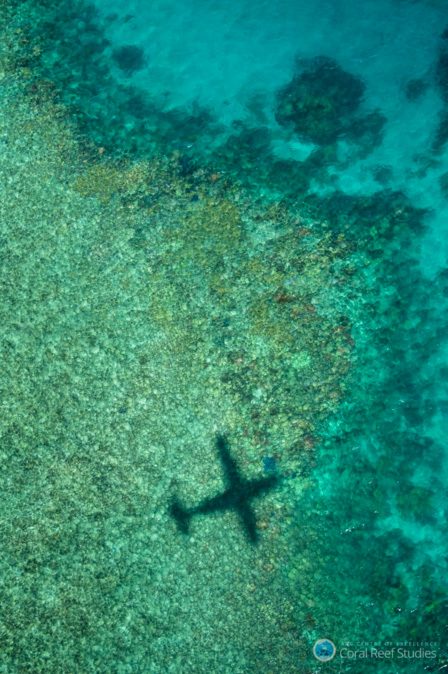Record high ocean temperatures in the western Pacific have caused more than half of the Great Barrier Reef to undergo a mass coral bleaching event this year, according to a team of Australian scientists conducting aerial surveys.
 Corals thrive in a narrow temperature range, and when waters warm above normal—as they have this year from climate change and a strong El Nino—the organisms expel their symbiotic algae, leaving them without a source of food and susceptible to disease. Scientists’ next step is studying the corals up close to determine how deep the bleaching is, said Terry Hughes, a marine biologist at James Cook University and head of the Australian coral bleaching task force. “If the corals are severely bleached, then a lot will die,” Hughes said. “If they are lightly bleached, which is the case with a lot of reefs south of Townsville, then they’ll regain their color over the next couple of months and there won’t be much mortality.”
Corals thrive in a narrow temperature range, and when waters warm above normal—as they have this year from climate change and a strong El Nino—the organisms expel their symbiotic algae, leaving them without a source of food and susceptible to disease. Scientists’ next step is studying the corals up close to determine how deep the bleaching is, said Terry Hughes, a marine biologist at James Cook University and head of the Australian coral bleaching task force. “If the corals are severely bleached, then a lot will die,” Hughes said. “If they are lightly bleached, which is the case with a lot of reefs south of Townsville, then they’ll regain their color over the next couple of months and there won’t be much mortality.”

ARC Coral Reef Studies
An aerial shot of the Great Barrier Reef in early April.